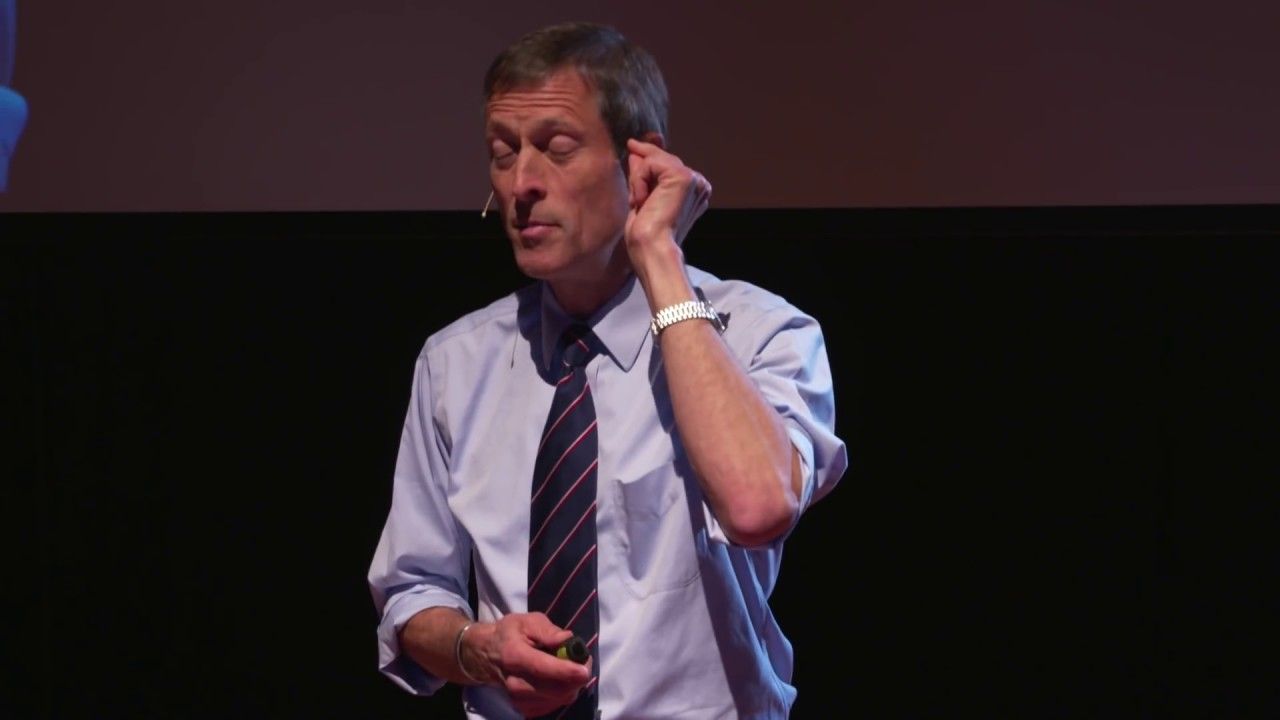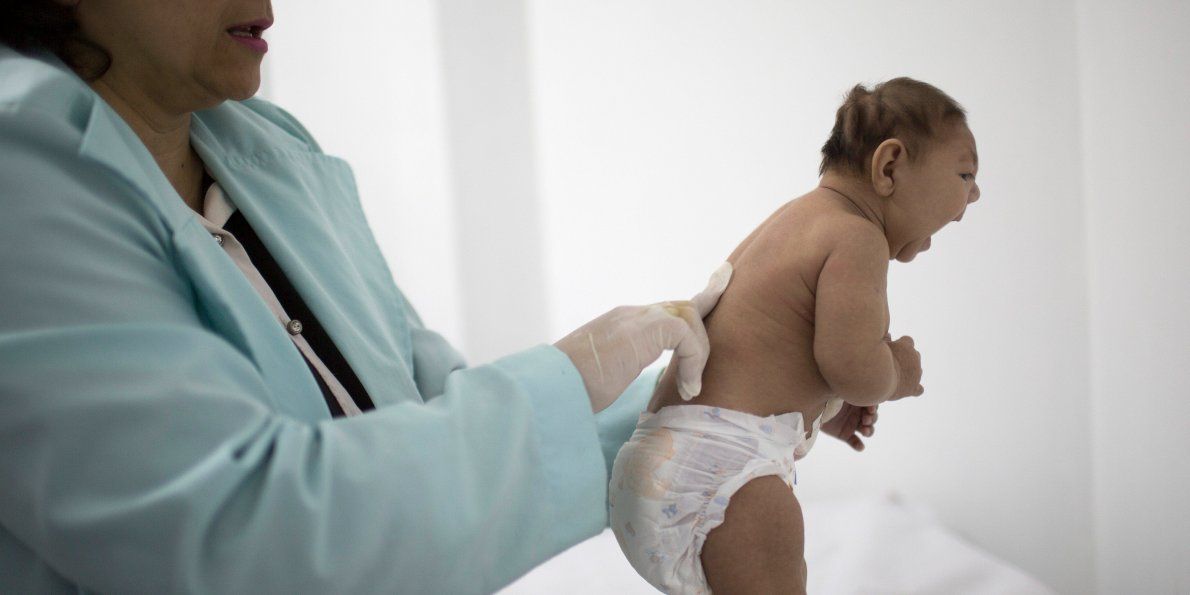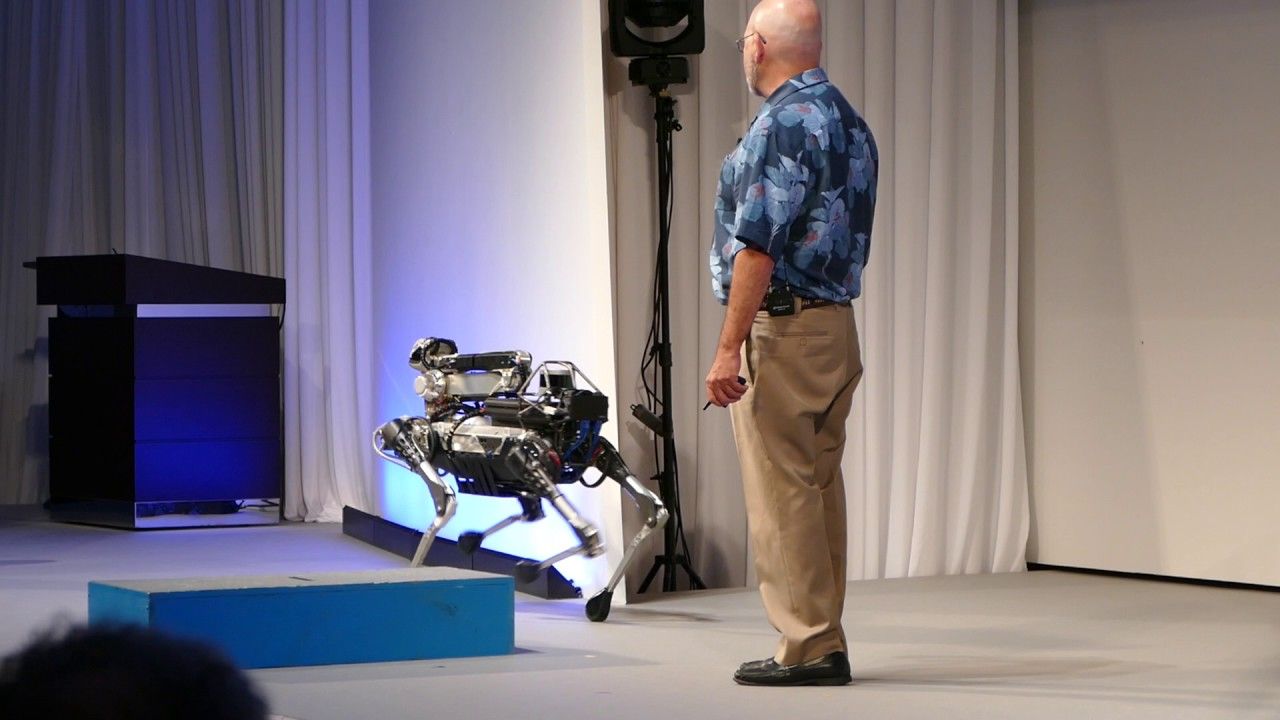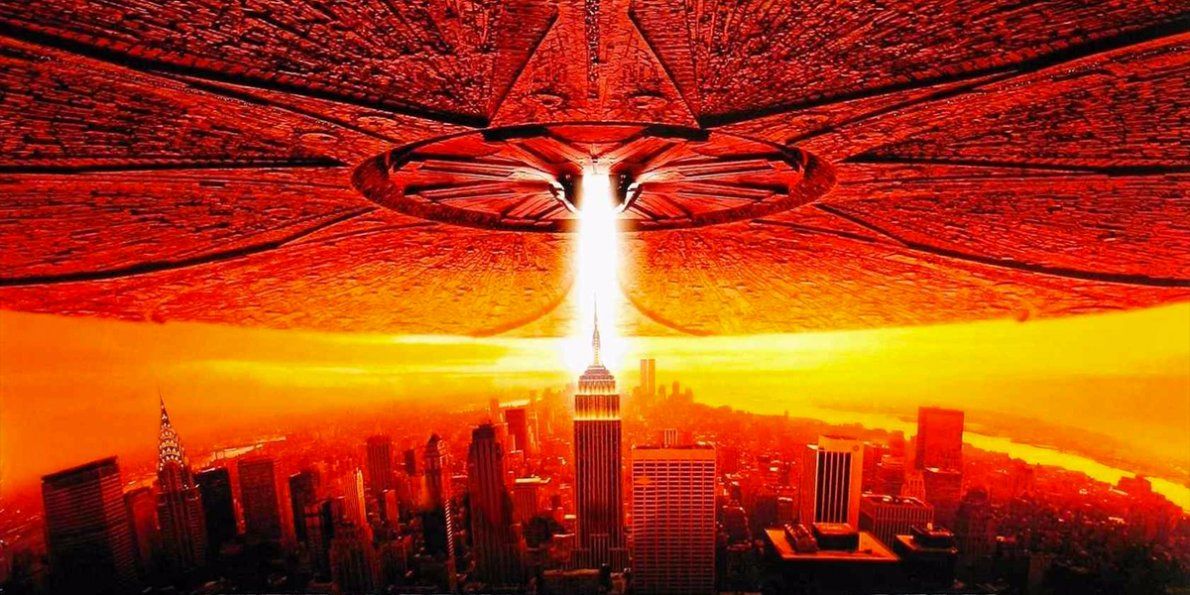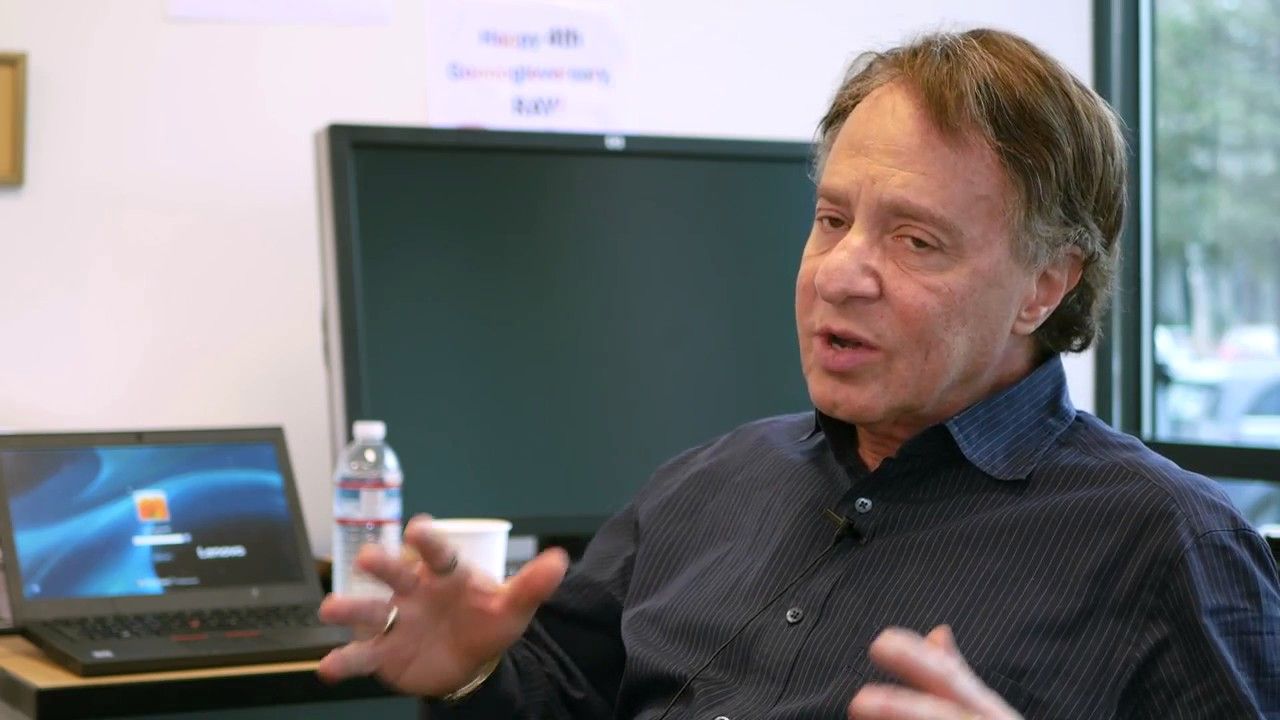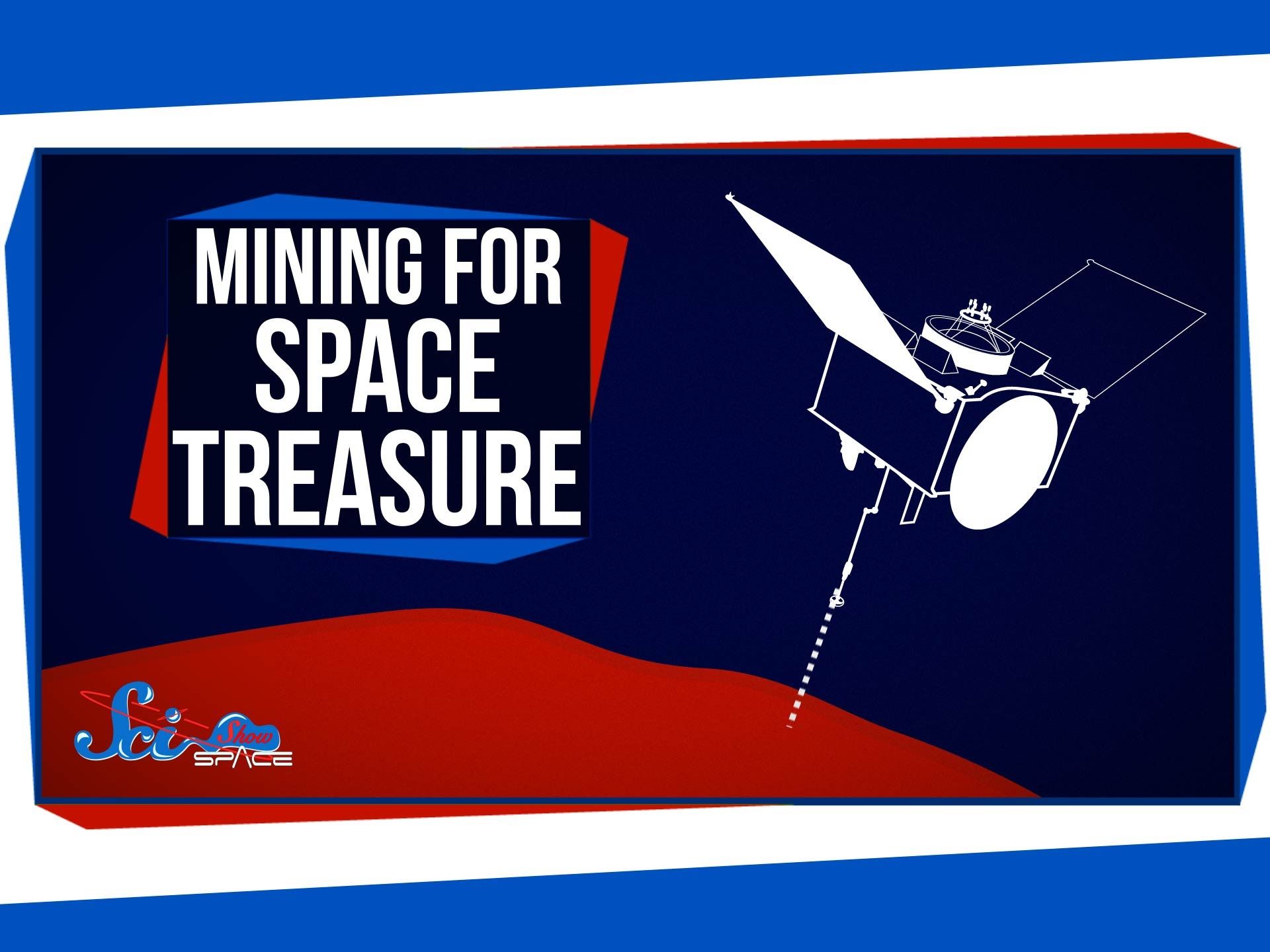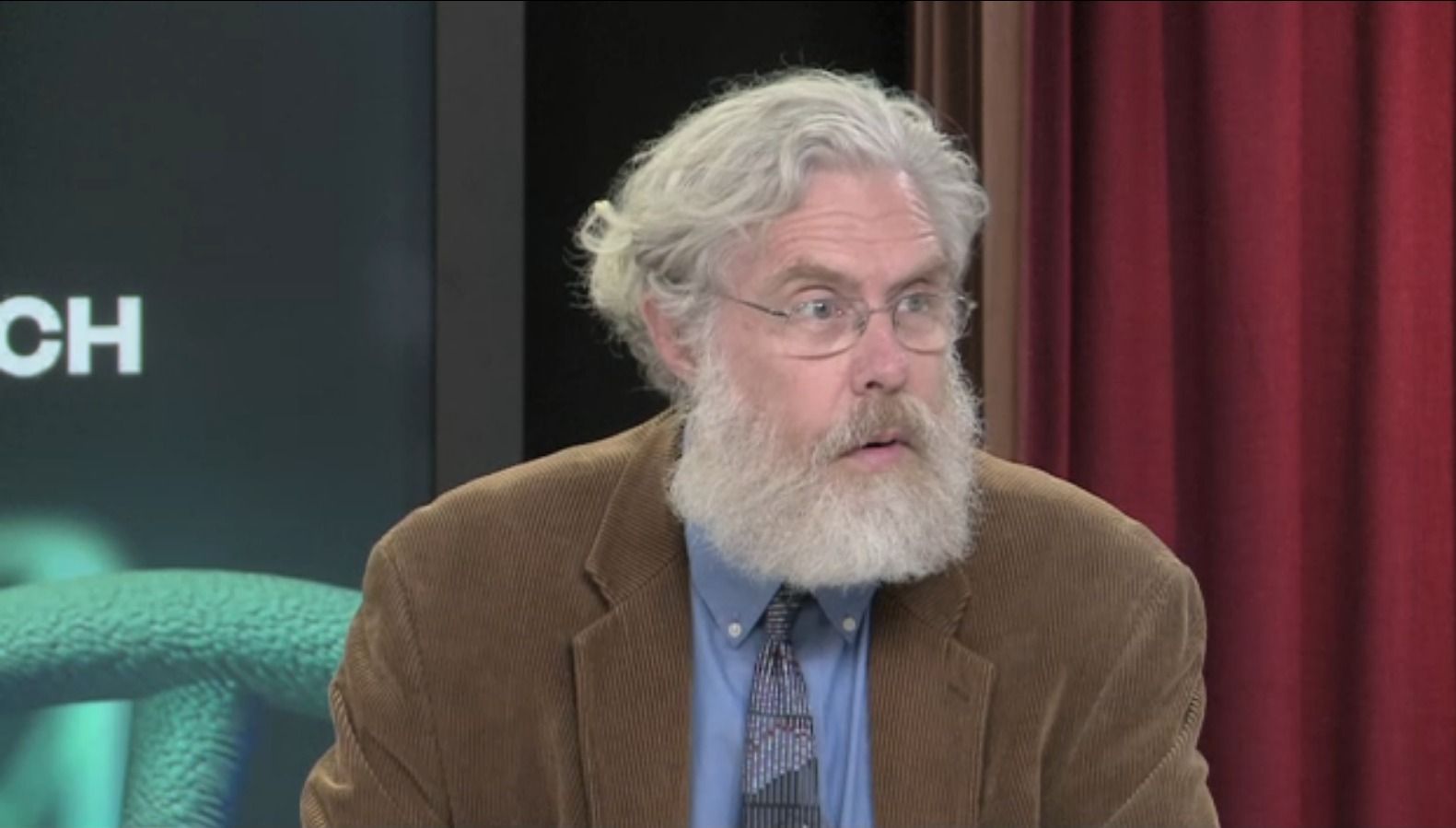Dr. Neal Barnard says: “More colorful vegetables and fruits, a 40-minute brisk walk, vitamin E and less dairy products, cheese, and milk can protect you from alzheimer’s and dementia.”
Dr. Neal Barnard has led numerous research studies investigating the effects of diet on diabetes, body weight, and chronic pain, including a groundbreaking study of dietary interventions in type 2 diabetes, funded by the National Institutes of Health. Dr. Barnard has authored over 70 scientific publications as well as 17 books.
“We can change our diet, we don’t really need that cheese and that bacon. There’s plenty of healthy things that we can eat. Let’s bring in the colorful vegetables and fruits, let’s make them part of our everyday fair. Let’s lace up our sneakers, let’s exercise together.”
